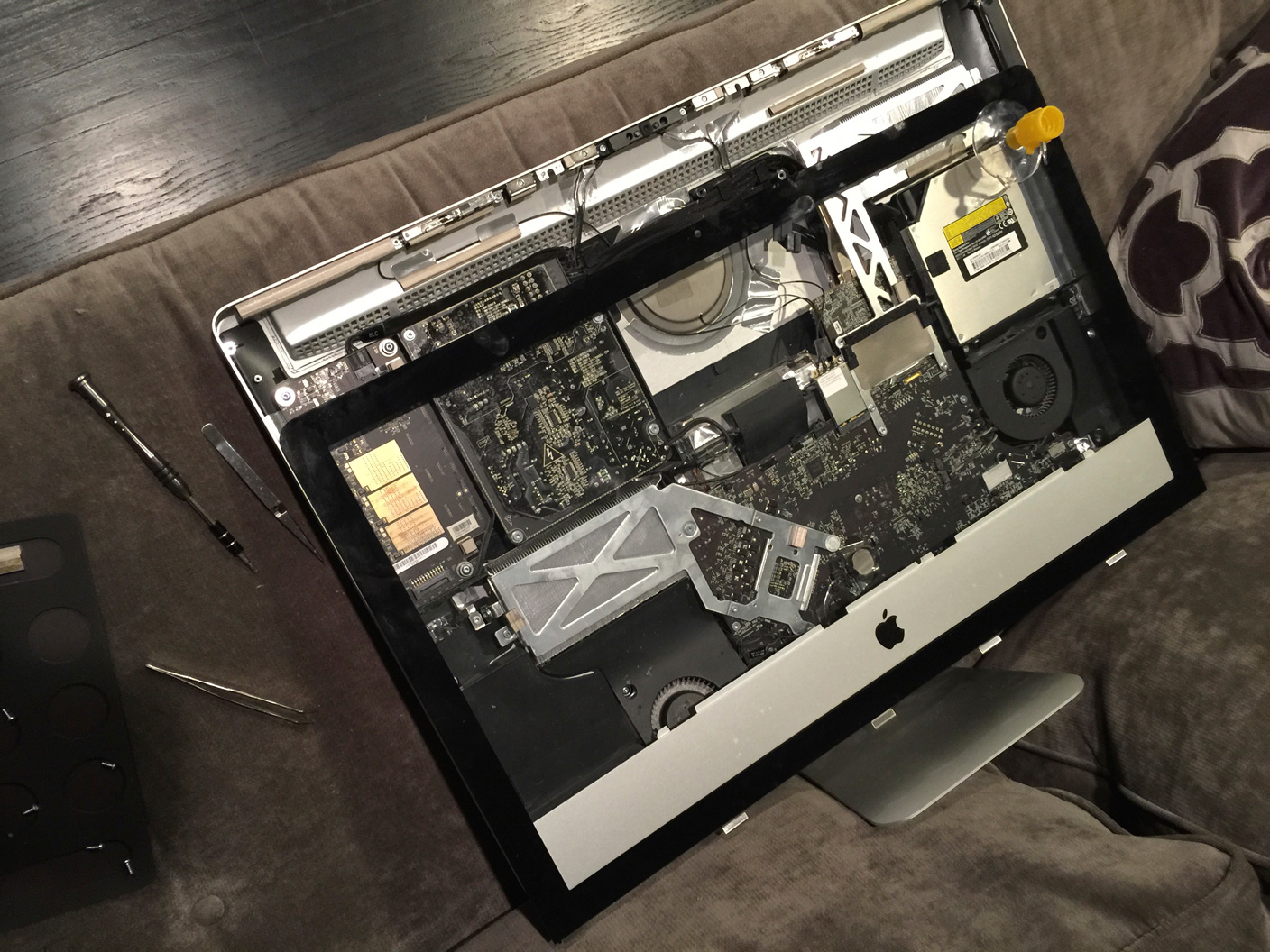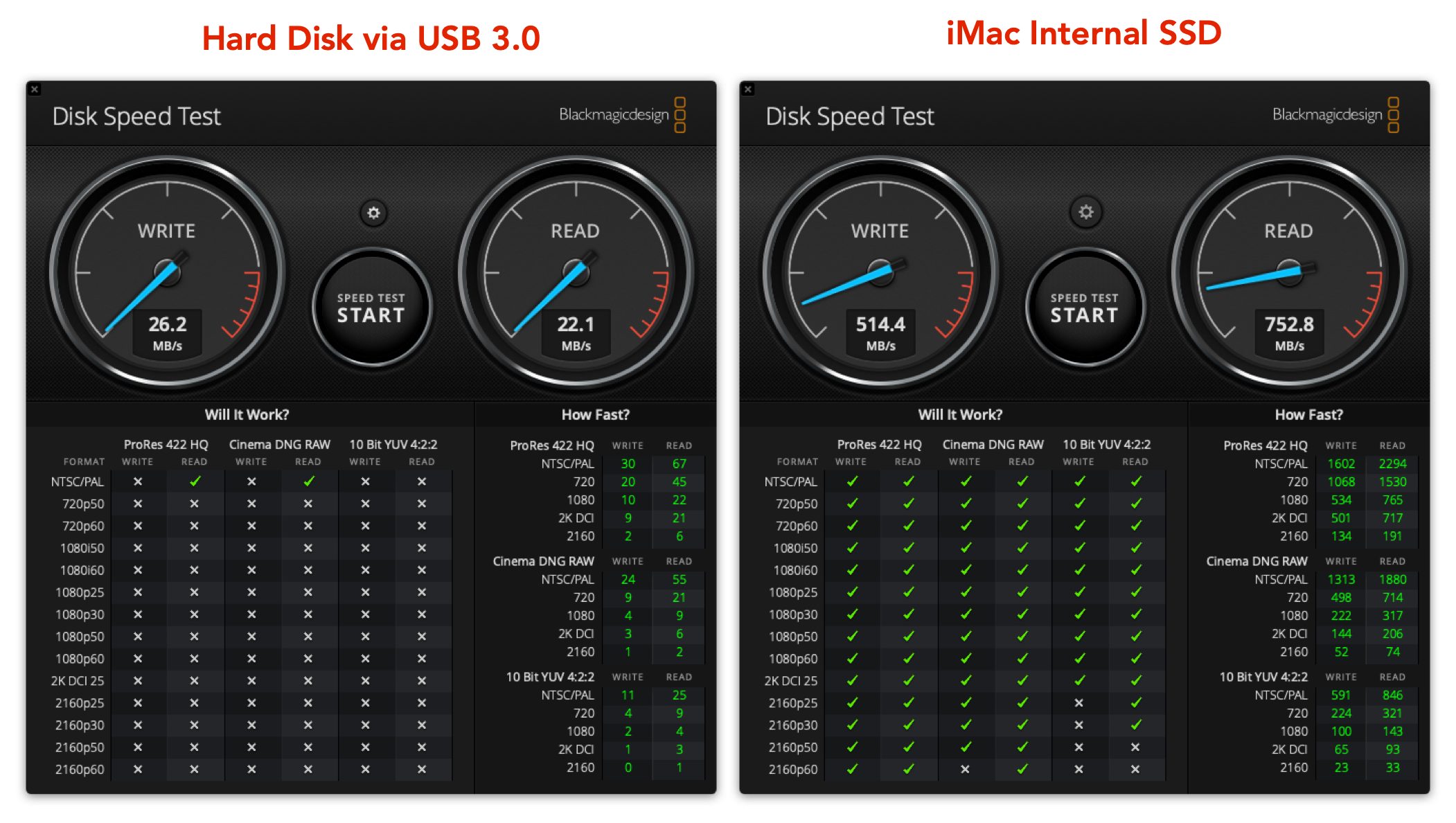

It’s easier to replace the optical drive, but if you still use DVDs or CDs on occasion, swapping the hard drive is an option. Other people want to keep the optical drive and swap the hard drive for an SSD.

Some people prefer to keep their old hard drives and replace the optical drive with an SSD. IMacs sold between 2009 and mid-2012 have two drive bays: one for the hard drive, and one for the DVD/CD SuperDrive. Here’s how I did it, and – if you’re up for a quick do-it-yourself project – what I’d recommend for you.įirst Choice: Are You Replacing or Keeping Your Old Hard Drive? With limited expertise and only three tools, I swapped out my old hard drive for an SSD in roughly 30 minutes.
#SOLID STATE DRIVE FOR IMAC 27 LATE 2009 INSTALL#
Today, high-quality, capacious SSDs can be had for reasonable prices, and they’re surprisingly easy to install in iMacs. SSDs use high-speed memory chips rather than the spinning platter mechanisms in traditional hard drives, achieving up to 5X benefits in speed while requiring no moving parts. Five years ago, SSDs were both expensive and limited in capacity, making them unlikely components for most Macs. Yet there’s something you can do for $200 to $500 that will radically change your iMac’s performance: install a solid state drive (SSD) in addition to or instead of its original hard drive. Sure, the new iMac with 5K Retina Display looks a little nicer, but at a steep $2,499 starting point, it’s still a luxury, not a necessity. If you bought your iMac 3-5 years ago, there’s probably nothing so seriously wrong with the hardware that you need to consider replacing the machine.


 0 kommentar(er)
0 kommentar(er)
